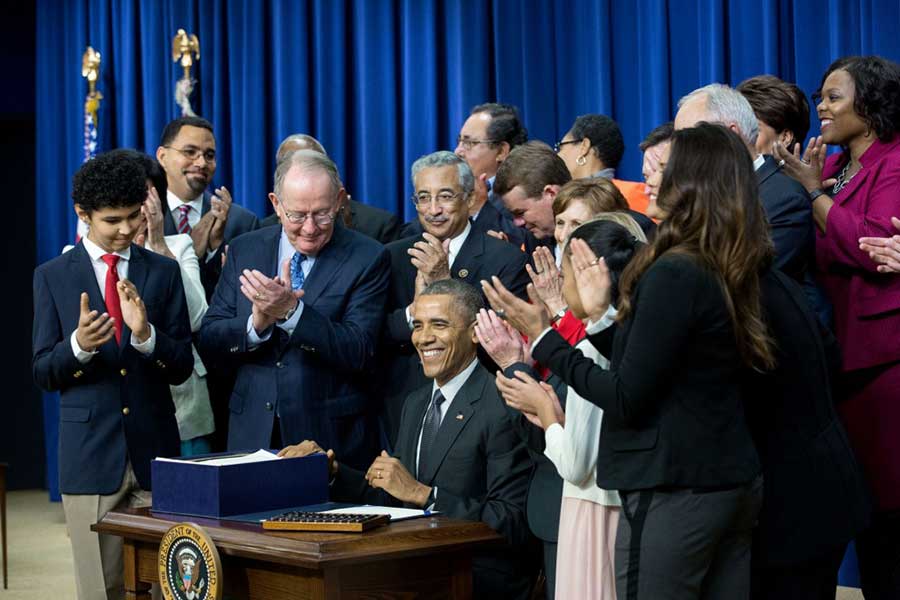
It’s been just over two months since President Obama signed the Every Student Succeeds Act (ESSA) into law, and members of the education community are still trying to make sense of what changes will result. We attended SETDA’s webinar on ESSA updates to learn more about what ESSA means for the future of education technology. Part one of this ESSA series will explain what ESSA is. In part two, we will address what ESSA means for education technology marketers.
ESSA is similar to NCLB in that it requires high state expectations and annual assessments. It also provides more discretion to states and districts in assessment and instruction. In addition to reducing the role in elementary and secondary education, ESSA includes provisions designed to spark changes in the ways education technology is used by teachers and students. Highlights from SETDA’s webinar that address education technology include:
- ESSA directs the Institute of Education Sciences to study the educational impact of access to digital learning resources outside of the classroom. The study will include an analysis of student digital learning habits and of barriers that inhibit digital learning outside of the classroom.
- The act provides new definitions of blended learning and digital learning. For detailed definitions of both terms, view page 168 of ESSA.
- ESSA Title I includes new provisions to help states audit their assessment systems and promote innovative assessment models. A maximum of seven states will participate in a pilot program to develop plans for guaranteeing districts have appropriate assessment technology infrastructure.
- ESSA Title II authorizes $2.29 billion for professional development and supports blended learning initiatives. Beyond Title II, ESSA permits additional support for education technology focused professional development and infrastructure acquisition.
- Local educational agencies may spend up to 15 percent of funds for purchasing technology infrastructure.
This reform won’t happen overnight. The 2016-17 school year will be considered a transition year for ESSA. Full implementation will occur in the 2017-18 school year. Meanwhile, educators and members of the education technology industry should plan for what lies ahead. With this new set of policies, educators and those who work with educators have the opportunity to make lasting improvement.
Part two of this ESSA series will address questions education technology marketers should ask in response to ESSA. To learn the latest on ESSA and Ed Tech Funding, join the ISTE Advocacy Community.

